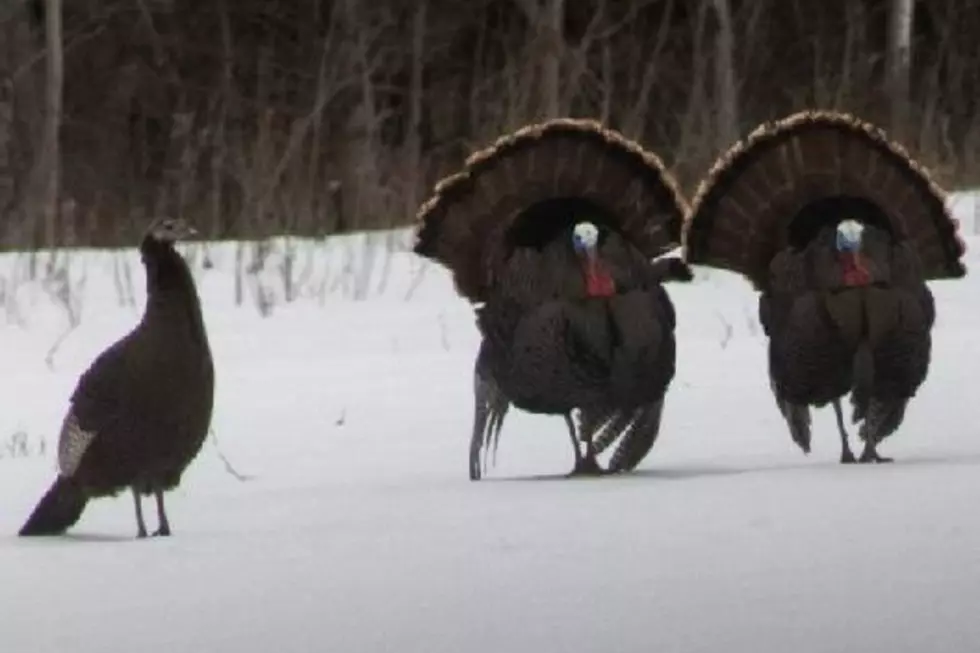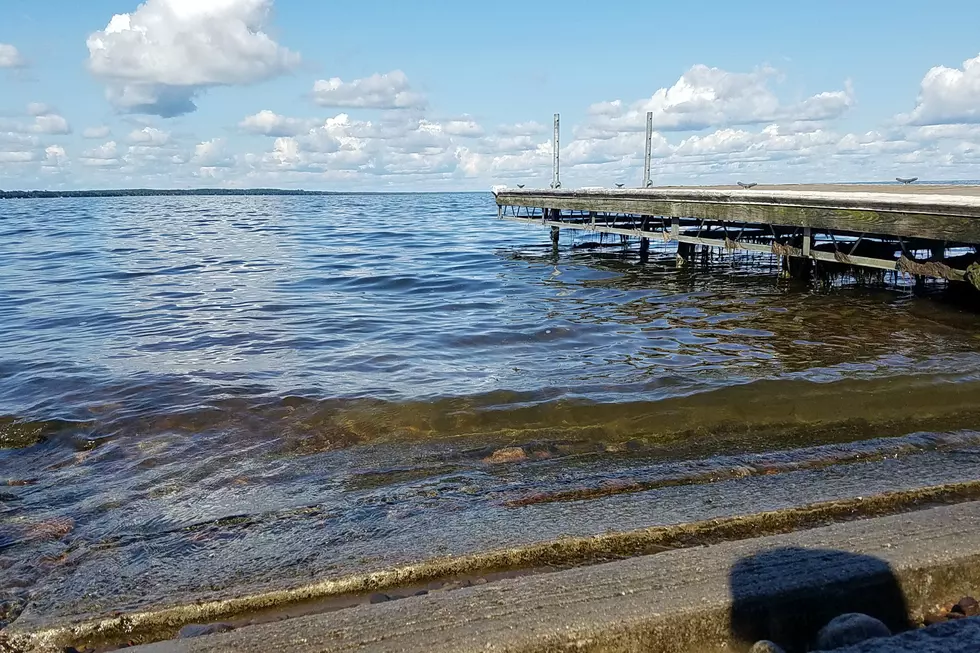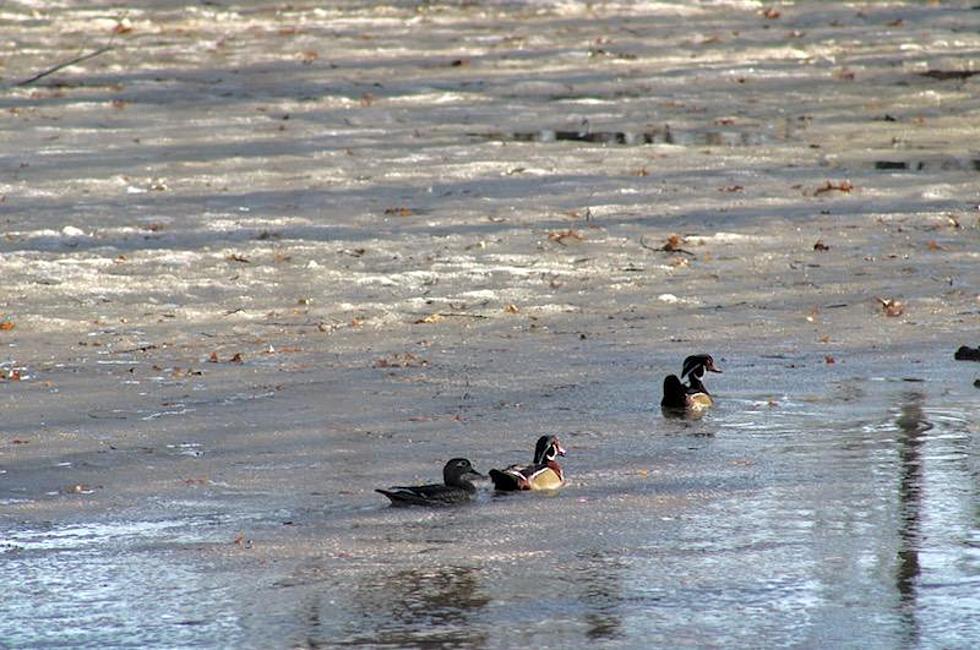
Bassing the Basics for Largemouth
Summer is a time of plenty in the world of the largemouth bass. Food is abundant, weed cover is peaking and living is easy. Every day is a great day for feeding and the nights are even better.
So how does a self respecting angler locate fish and overcome the adversities associated with catching bass in a world full of delicious morsels? And, why would a bass stoop so low as to sample an artificial lure when the water is teeming with the real thing?
Let’s take the second question first. Bass, like other predator fish, are opportunistic when it comes to eating lunch. There is no doubt they have periods during the day when they go on the prowl for dinner, but these moments are limited. Most of the time, they are not aggressively searching for food.
However, just because they aren’t stalking their next meal, doesn’t mean they won’t suck in an unsuspecting bait fish if it swims by. The same goes for your lure. If presented well and in close proximity to the fish, bass will take advantage of an easy offering.
So there is the first suggestion for sticking lip on bucketmouths. Lures need to fished where the fish are. If you get close to the mouth of a bass with a tantalizing lure, you will probably catch that fish. Lure presentation also needs to be done in a systematic fashion that covers water in an efficient manner.
And exactly what is tantalizing to a bass? Well, that gets us to the second point. Bass have proven to be very susceptible to some lures while not so much for others. However, these aggressive feeders are known to hit just about any bait at certain times.
If there is one family of lures I would recommend more than others, it would have to be plastics. For some reason, bass love plastic baits and will fall for their succulent appeal again and again. This fact is easily proven by examining the mouths of the fish being caught. Old hook scars from previous encounters with anglers is very common.
When it comes to the best plastic presentation, there is no easy answer. Anglers learn to use what they have confidence in. Personally, I find wacky rigged worms are hard to beat early in the year. Once the fish move deeper, Berkley PowerBait fished jig worm style or Texas rigged is simply difficult to beat. For jig worm anglers, Northland’s Lip-Stick jig has the best bait keeping system I have used.
The last basic concept comes in choosing a location. I like to keep it simple and spend most of my bassing hours working edges of one form or another or targeting cabbage weed.
As for edges, bass simply love them. Edges are natural travel routes for underwater creatures. This includes both predator and prey fish.
Edges in the lakes I fish are mostly created by weeds. The deep weed line is probably the most productive edge during the summer period. I like to hover my boat just outside this deep edge and jig my lure down the drop-off to where the weeds no longer grow.
Other productive edges include the inside weed line, the edge of bulrush beds, cattail edges or the edge where lily pads drop into deep water.
If cabbage beds are available, I will work all parts of this cover. Bass love cabbage weed and will school up in this environment frequently.
No matter what skill level an angler is working from, knowing some bassing basics is critical to success. Anglers need to understand that bass are opportunistic feeders that readily eat a well presented lure even when they are not very hungry.
Anglers also need to hone their skill level on specific lure presentations. Plastics are hard to beat but certainly don’t work for every situation.
Last, it is important to be able to identify places bass like to hang out. Edges are key locations as are quality weed beds, especially cabbage.
More From AM 1240 WJON









